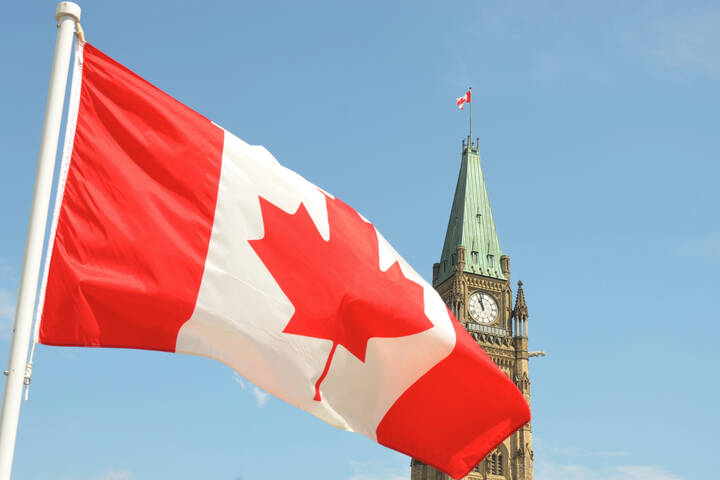
Here's how Canada's death toll for COVID-19 compares to other countries
As Canada's COVID-19 death toll surpasses 3,000, it's worth considering our death toll on a global scale — and what factors might contribute to that number.
The World Health Organization declared the outbreak a global pandemic back in March, and the virus has since spread to more than 190 countries around the world, infecting a staggering 3.14 million people.
But according to analysis from the Financial Times, the death tolls in many western countries, including Canada, are now — thankfully — peaking.
The coronavirus daily death toll in many western countries is now peaking or falling. Follow the latest figures here: https://t.co/7Ffj9u4kDQ pic.twitter.com/dBnO29hvZd
— Financial Times (@FinancialTimes) April 29, 2020
As of April 29, Canada has the twelfth largest number of fatalities out of 180+ countries. The U.S. ranks at number one, followed by Italy, the United Kingdom, Spain and France.
Of course, a variety of factors influence that number. Belgium, for example, includes "suspected deaths" in its COVID-19 death toll, which skews the number upwards.
Testing is also a large factor. According to Statista, Canada has one of the highest testing rates, which could mean we're simply identifying more cases of COVID-19 than other countries — and we're therefore likely to have a higher death toll attributed to the virus.
For instance, say you're still testing mostly in hospitals, where things are calming down, but not really ramping up tests in nursing homes, where things might be really bad -- then this kind of death toll will increasingly underestimate the true figure.
— Andy Bruce (@BruceReuters) April 29, 2020
It's also important to consider the fatality rate.
For example, even though the U.S. has a death toll over 60,000 — which seems much larger than Canada's — our fatality rate is actually very similar; both countries have a mortality rate of about 6.0 per cent, which means that, statistically, three in 50 people will die after contracting the virus.
In comparison, the fatality rates in European countries like the United Kingdom (15.7 per cent), Italy (13.6 per cent) and France (14.5 per cent) are much higher.
Although it's too early to draw any definitive conclusions about why that might be, there are some possibilities.
European countries could have a higher population than North America of individuals that are obese, diabetic, immunocompromised or have an underlying chronic lung condition, which is more likely to result in a person becoming critically ill from the virus.
European countries could also have a higher population of elderly citizens or smokers.
Speaking to the National Post in March, Dalhousie University microbiologist David Kelvin even suggested that differing cultural customs might play a role.
Italians tend to greet each other with an embrace and kisses, for example, while North Americans tend to favour handshakes — potentially passing on a less dangerous dose of COVID-19.
"Your odds of being infected are likely much greater with a kiss on each cheek and a hug," said Kelvin. "And if viral load plays an important factor in outcome of the disease, the chances of getting a higher viral load is probably greater getting up very close."
Experts, however, are still divided on whether viral load actually plays a role in the severity of COVID-19.
So while it's too early to draw any conclusions on why some countries have higher death tolls than others, one thing is clear: Canada can continue to save lives by social distancing and following the advice of health officials in the coming weeks.
Latest Videos
Join the conversation Load comments







